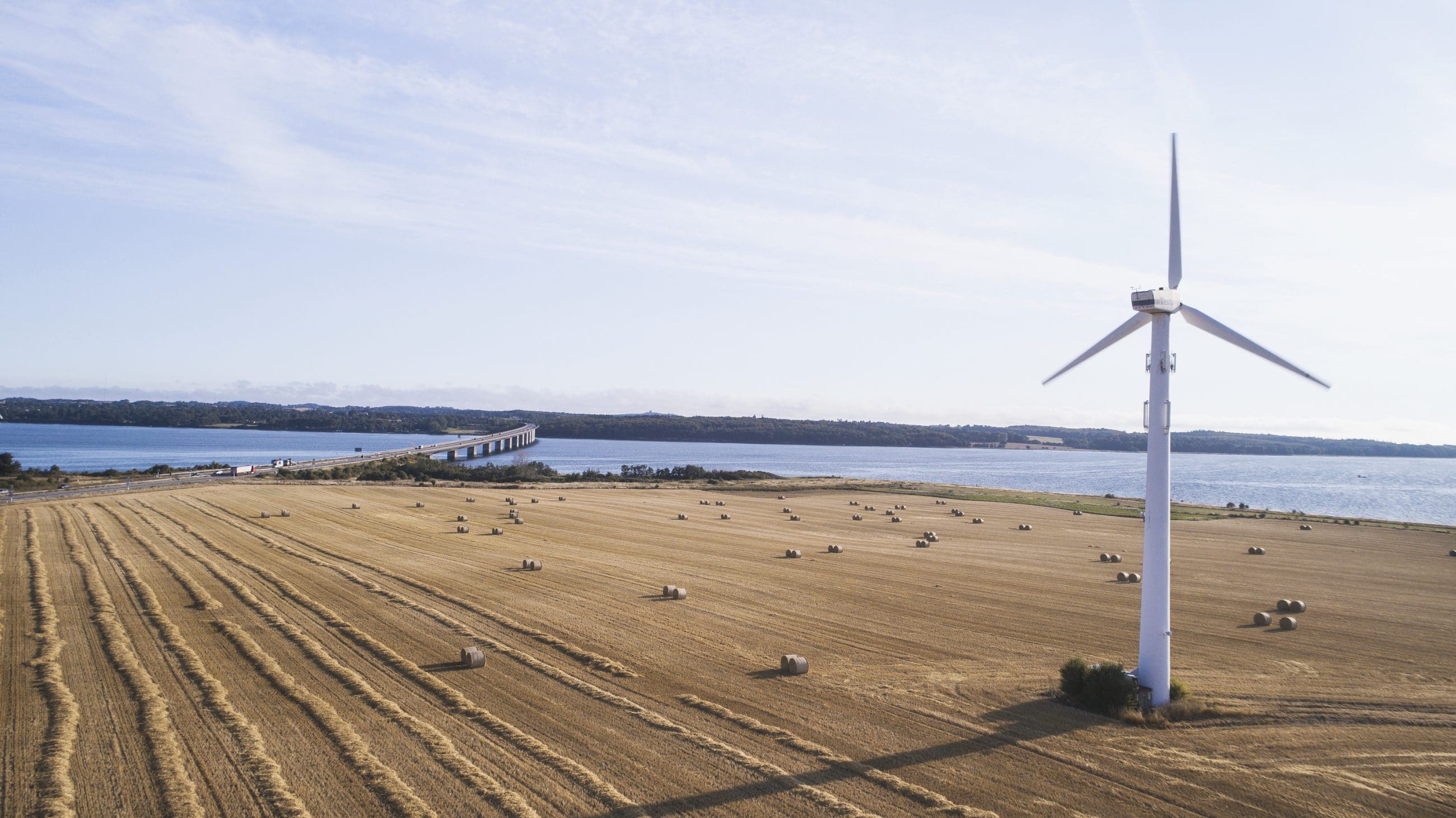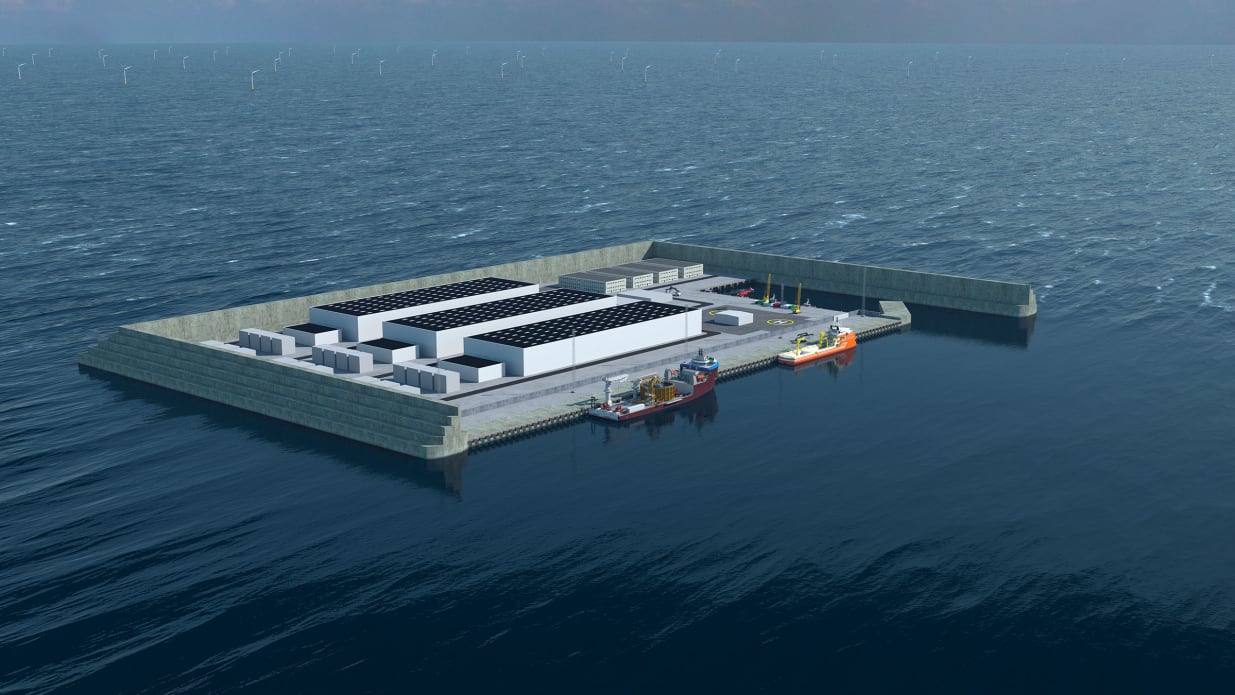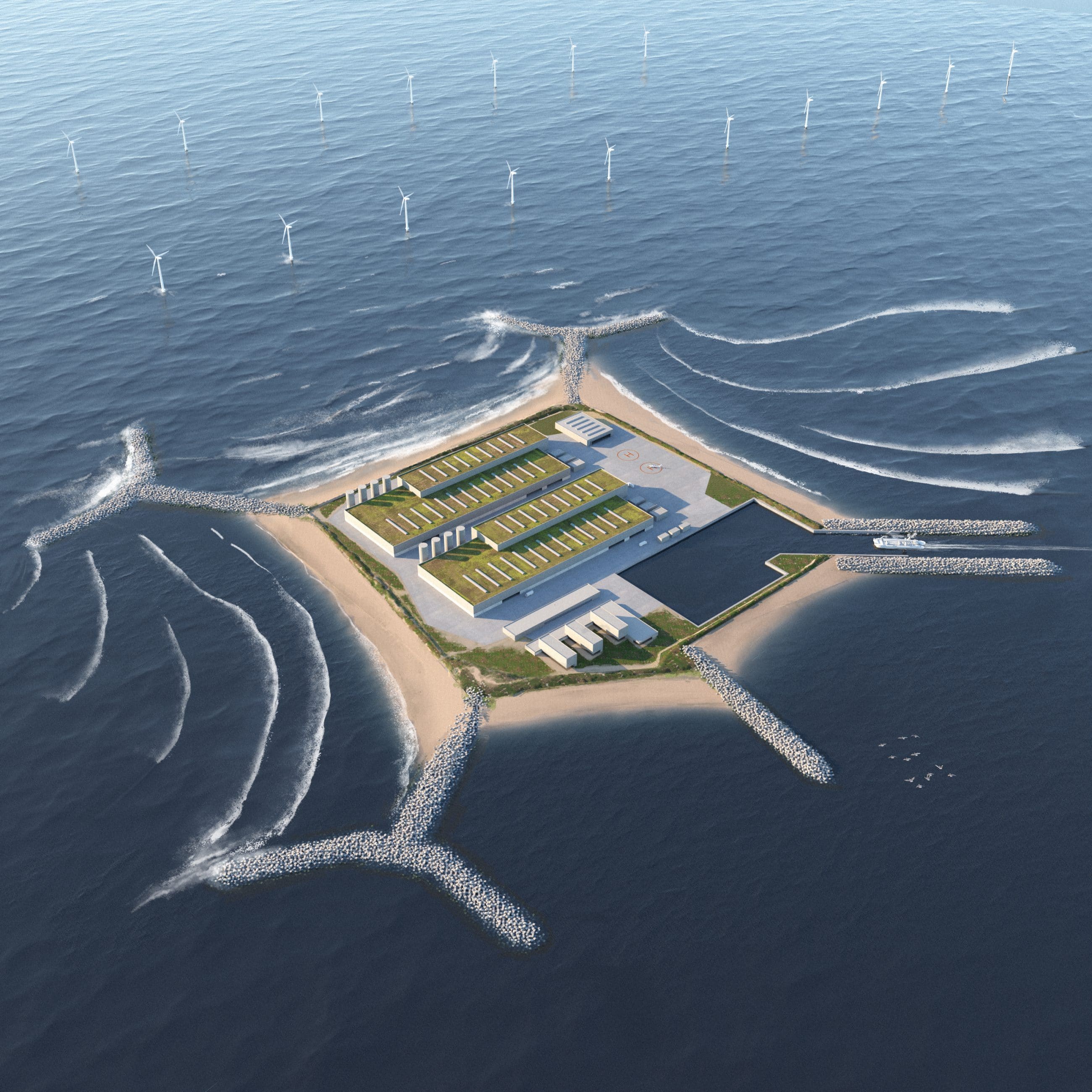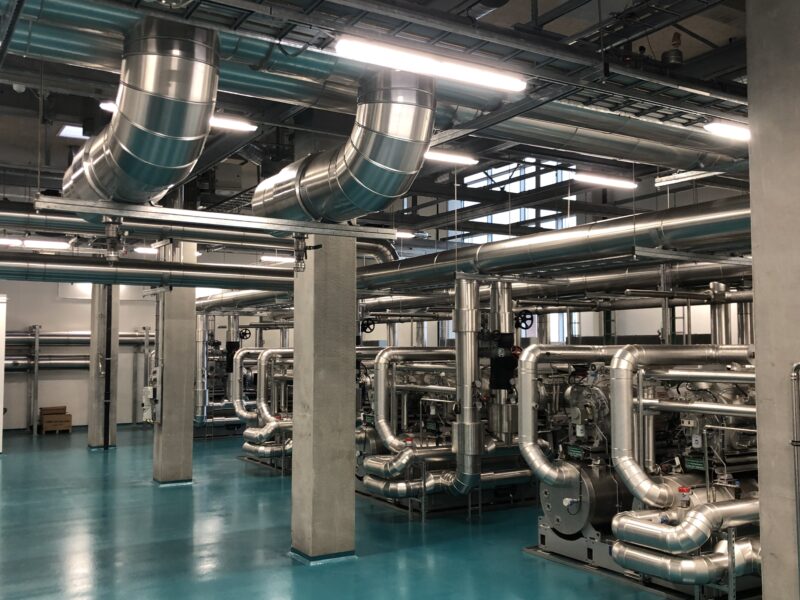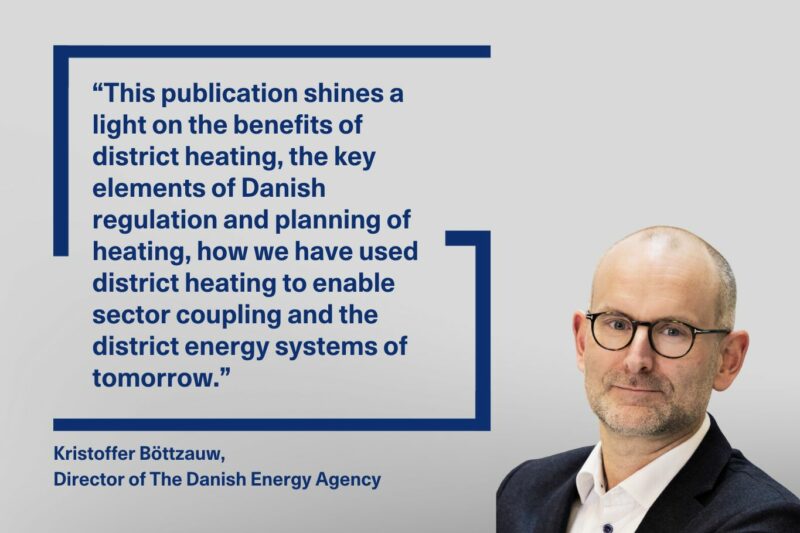The Danish government intends to increase energy generation from onshore wind and photovoltaics ahead of 2030, says Danish Prime Minister Mette Frederiksen. The statement was made during a press conference presenting a larger joint proposal on green energy. Frederiksen says:
”We now raise our ambitions even more with onshore wind additions, more solar panels and offshore wind as well as more energy islands. We want to extend renewable energy by as much as possible and in the most clever way,”
The purpose of the proposal is to accelerate Denmark’s green transition and free Denmark of Russian fossil fuels as fast as possible. The proposal also includes initatives to phase-out of natural gas, increase renewable gas and build out the district heating grid and harvest the full potential of the North Sea.
Boosting onshore wind
At the press conference, Minister of Climate, Energy & Utilities Dan Jørgensen says it’s ”hard to quantify” the national potential for boosting green power output by 2025. The government’s plan will require a fourfold growth of present onshore wind generation.
However, the plan leading up to 2030 will be “quite infeasible under the current ceiling for installations for onshore wind turbines – even by replacing older machines with new and more efficient models.”
Barriers must be removed to ensure availability of necessary areas, as stated by the proposal, which also notes that ”prices of both solar farms and onshore wind turbines have declined in recent years”, also providing ”more and more examples” of developments viable absent state subsidy.
The government also says adding green capacity beyond domestic requirements must be achieved at zero subsidy and without ”substantial costs” for consumers and customers.
The North Sea holds 35 GW potential
Denmark wants to harvest the full potential of offshore wind to create green energy for Europe. A provisional estimate shows an initial demand for at least 35 GW of offshore wind from the Danish parts of the North Sea. This is approx. the same amount of offshore wind energy that was installed on a global level in 2020.
Denmark already plans to build the world’s first energy island in the North Sea. At maximum capacity, the hub will be able to power 10 million European households with clean energy from its surrounding wind farms. Another energy hub will be established on the island of Bornholm in the Baltic Sea with a capacity of 2 GW.
